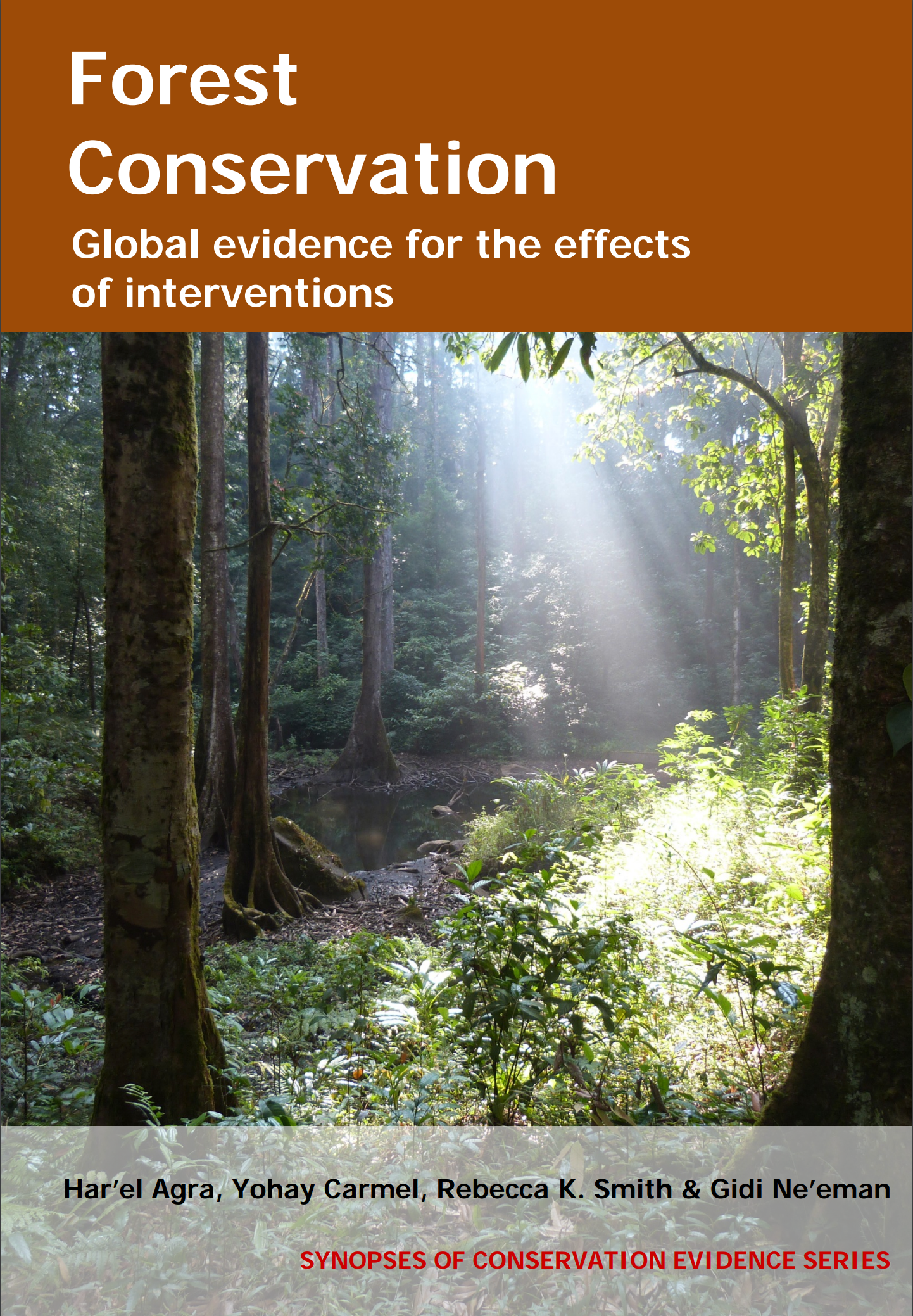Maintain/create buffer zones
-
Overall effectiveness category Unknown effectiveness (limited evidence)
-
Number of studies: 1
View assessment score
Hide assessment score
How is the evidence assessed?
-
Effectiveness
50% -
Certainty
10% -
Harms
0%
Study locations
Supporting evidence from individual studies
A site comparison in 2008 in two remnants of complex mesophyll vine forests in North Queensland, Australia (Sonter, Metcalfe & Mayfield 2011) found that a forest edge protected by a planted buffer strip had higher canopy cover and lower stem density, but similar understory species richness to a forest edge with no buffer. Canopy cover in the buffered forest edge (approx. 90%) was higher than that along the edge with no planted buffer (approx. 75%). Similarly, stem density along the buffered edge (approx. 4 trees/m2) was lower than along the unbuffered edge (approx. 14 trees/m2). However, there was no difference in species richness of the understory between the buffered (approx. 1.3 species/m2) and unbuffered edge (approx. 2.4 species/m2). The 30 m wide buffer had been planted 14 years earlier and consisted of 80 different plant species planted 1.8 m apart. The surrounding area consisted of pastures and maintained lawns. The vegetation at each forest edge was sampled using ten 40 m transects, perpendicular to the buffer and the unbuffered forest edge respectively. Each transect contained ten quadrats (1 × 1 m).
Study and other actions tested
Where has this evidence come from?
List of journals searched by synopsis
All the journals searched for all synopses
This Action forms part of the Action Synopsis:
Forest Conservation
Forest Conservation - Published 2016
Forest synopsis





)_2023.JPG)














